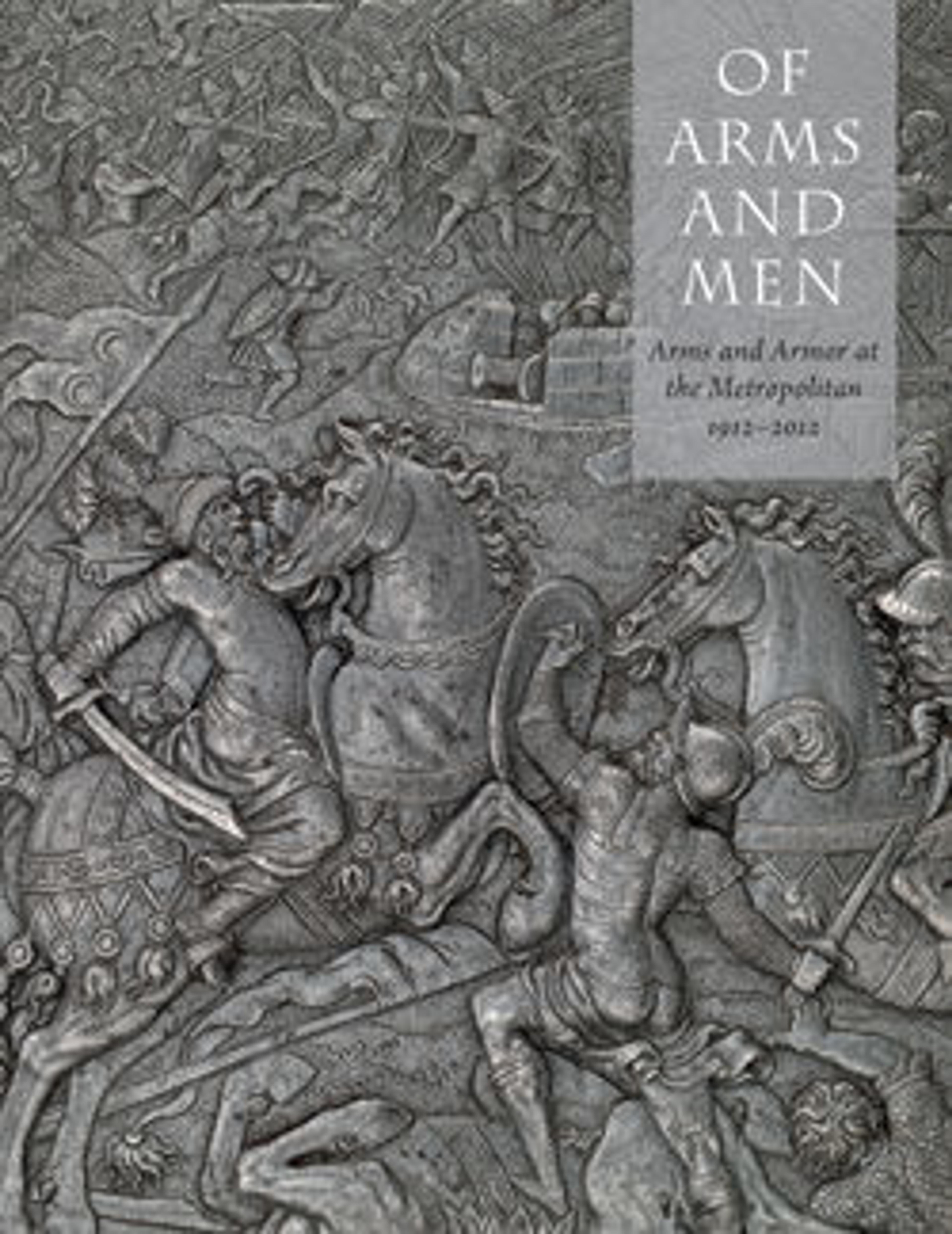Armor of Sir James Scudamore (1558–1619)
Sir James Scudamore (1558–1619) was a prominent Elizabethan soldier and courtier. Also an enthusiastic jouster, he was praised in Edmund Spenser’s Faerie Queene (published 1596) as an example of chivalry personified.
This armor was part of a large garniture, which probably had exchange pieces to adapt it for cavalry, infantry, and possibly also tournament use. It was made in the royal workshops at Greenwich about 1595–96, perhaps in anticipation of Scudamore’s participation in the 1596 naval attack on Cadiz, Spain. Scudamore’s portrait, still in the possession of his descendants, shows him wearing this armor.
The remains of this and the earlier Scudamore armor (Metropolitan Museum of Art, accession number 11.128.1)were found, badly damaged and incomplete, in 1909, in Holme Lacy, the ancestral home of the Scudamores. The armors were restored and completed in The Metropolitan Museum of Art in 1915, by the armorer Daniel Tachaux. The parts made by Tachaux include the breastplate, backplate, and gauntlets.
This armor was part of a large garniture, which probably had exchange pieces to adapt it for cavalry, infantry, and possibly also tournament use. It was made in the royal workshops at Greenwich about 1595–96, perhaps in anticipation of Scudamore’s participation in the 1596 naval attack on Cadiz, Spain. Scudamore’s portrait, still in the possession of his descendants, shows him wearing this armor.
The remains of this and the earlier Scudamore armor (Metropolitan Museum of Art, accession number 11.128.1)were found, badly damaged and incomplete, in 1909, in Holme Lacy, the ancestral home of the Scudamores. The armors were restored and completed in The Metropolitan Museum of Art in 1915, by the armorer Daniel Tachaux. The parts made by Tachaux include the breastplate, backplate, and gauntlets.
Artwork Details
- Title: Armor of Sir James Scudamore (1558–1619)
- Armorer: Made under the direction of Jacob Halder (British, master armorer at the royal workshops at Greenwich, documented in England 1558–1608)
- Armorer: Breastplate, backplate, and gauntlets made by Daniel Tachaux (French, 1857–1928, active in France and America) in the Metropolitan Museum of Art, Armor Workshop
- Date: ca. 1595–96; restored and completed, 1915
- Geography: Greenwich
- Culture: British, Greenwich
- Medium: Steel, gold, leather
- Dimensions: H. 70 1/4 in. (178.5 cm); Wt. 50 lb. 7 oz. (22.88 kg)
- Classification: Armor for Man
- Credit Line: Frederick C. Hewitt Fund, 1911
- Object Number: 11.128.2a–n
- Curatorial Department: Arms and Armor
More Artwork
Research Resources
The Met provides unparalleled resources for research and welcomes an international community of students and scholars. The Met's Open Access API is where creators and researchers can connect to the The Met collection. Open Access data and public domain images are available for unrestricted commercial and noncommercial use without permission or fee.
To request images under copyright and other restrictions, please use this Image Request form.
Feedback
We continue to research and examine historical and cultural context for objects in The Met collection. If you have comments or questions about this object record, please contact us using the form below. The Museum looks forward to receiving your comments.
